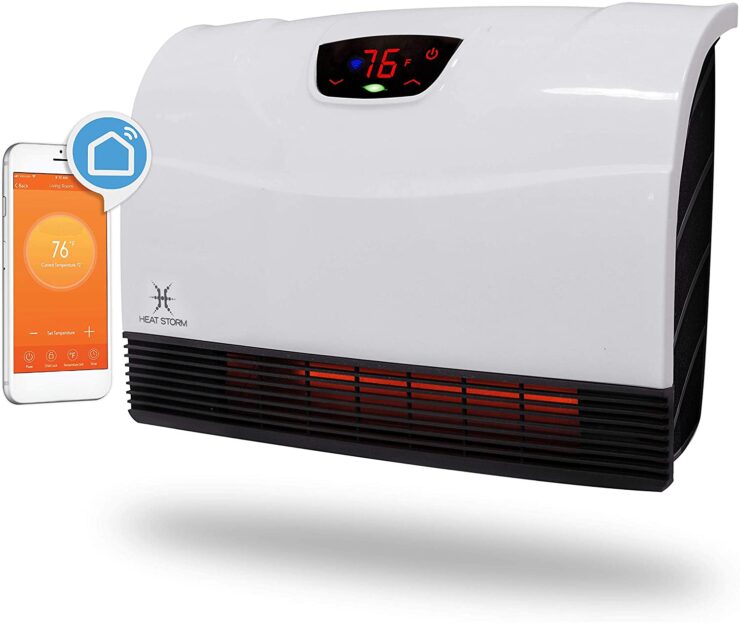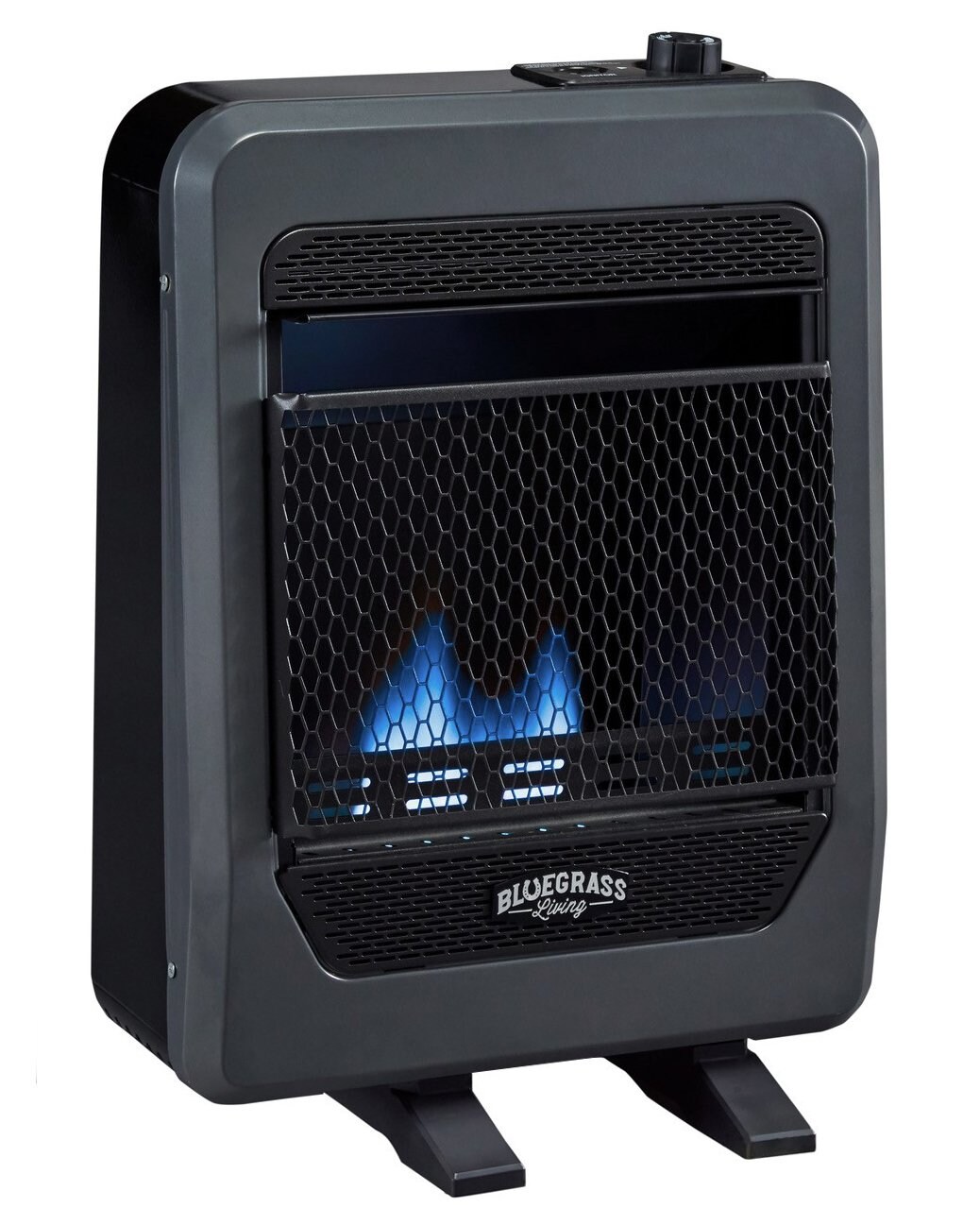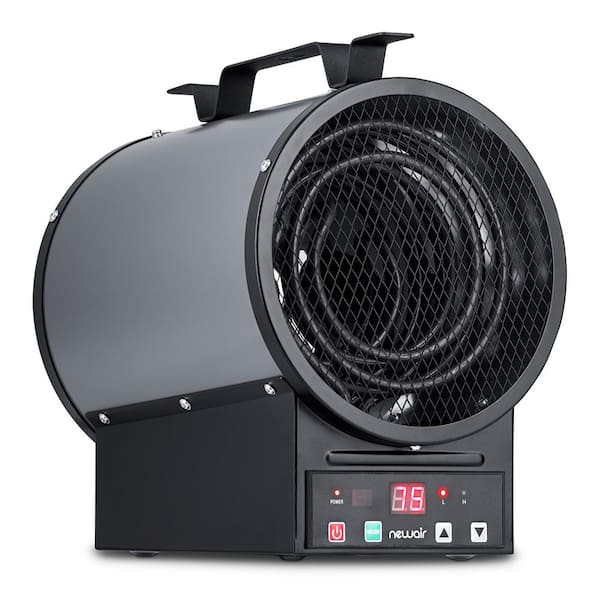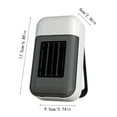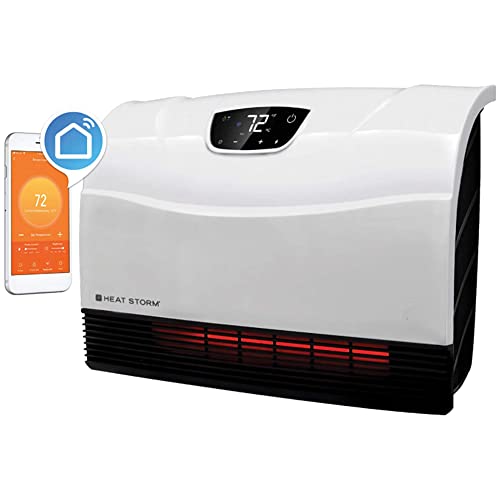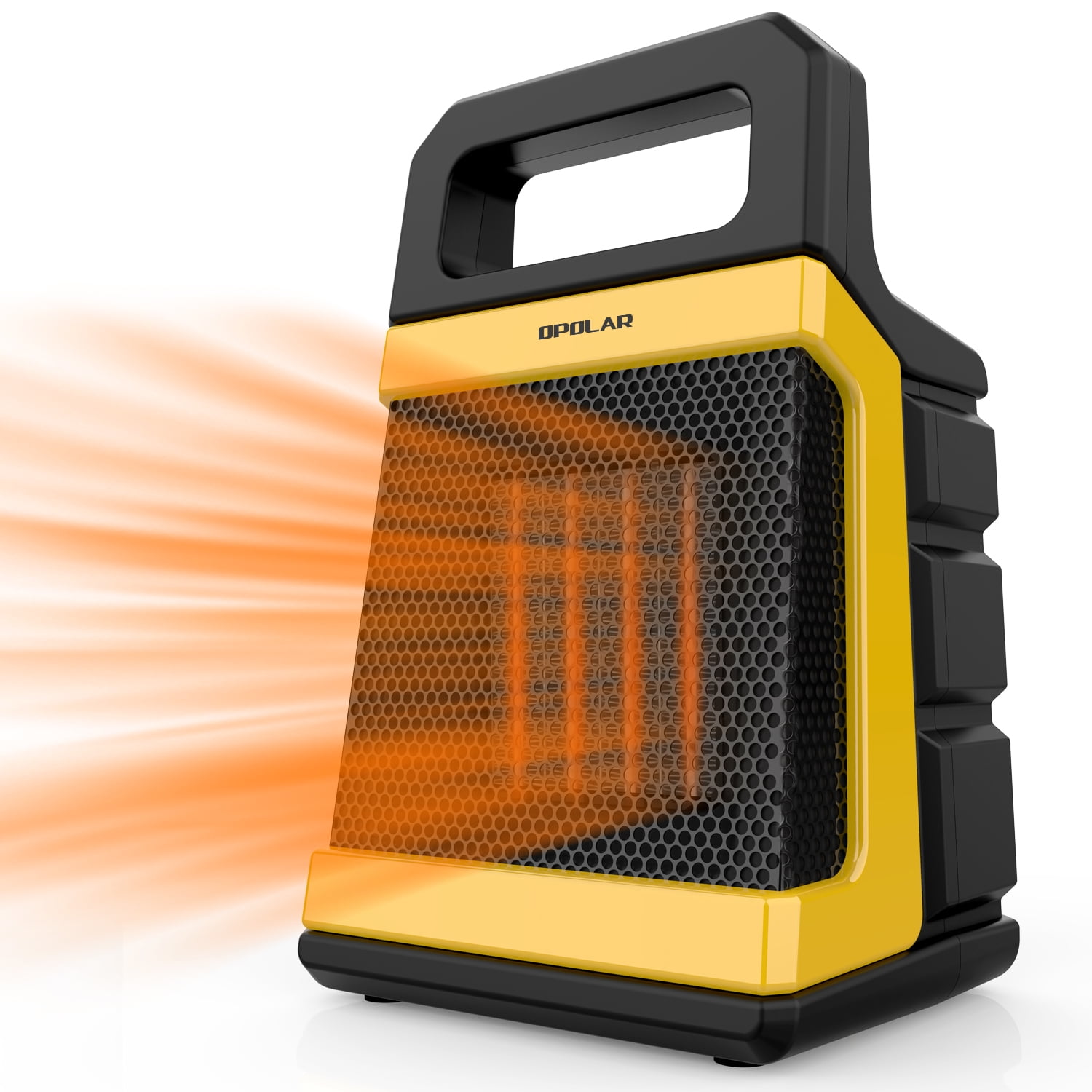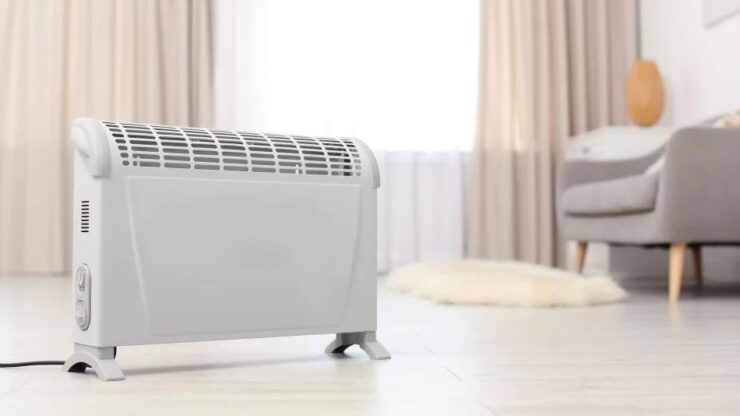Electric Heater For 500 Square Feet

As winter approaches, many are considering supplemental heating options to combat rising energy costs and ensure comfortable living spaces. A popular choice for smaller areas is the electric heater, particularly models designed for spaces around 500 square feet.
This article examines the factors to consider when selecting an electric heater for this space, including heater types, energy efficiency, safety features, and cost-effectiveness. The goal is to provide consumers with the information needed to make an informed decision.
Understanding Heating Needs for 500 Square Feet
The right electric heater for a 500-square-foot space depends on several variables. These include insulation quality, climate, and personal heating preferences. Properly sizing a heater is crucial for efficiency and safety.
According to the U.S. Department of Energy, it’s essential to calculate the BTU (British Thermal Unit) requirement for a space. A general guideline is that 10 watts of heating power are needed per square foot. Thus, a 500-square-foot room might require approximately 5000 watts or 17,065 BTUs.
Types of Electric Heaters
Several types of electric heaters are suitable for smaller spaces. These include space heaters with different technologies, each with its own advantages and disadvantages.
Space Heaters
Space heaters are a common and portable option. They are typically categorized into ceramic, infrared, oil-filled radiator, and fan-forced heaters.
Ceramic heaters use ceramic plates to heat up air, which is then blown into the room. They are known for their quick heating and relatively safe operation. Infrared heaters, on the other hand, radiate heat directly to objects and people in the room, providing targeted warmth. Oil-filled radiators heat oil that circulates within the unit, providing consistent and gentle warmth, while fan-forced heaters use a fan to blow air over a heating element.
The Consumer Product Safety Commission recommends that all space heaters should have automatic shut-off features. This will prevent overheating and reduce the risk of fire. It is also important that these heaters are placed on a level, non-flammable surface.
Energy Efficiency and Cost
Energy efficiency is a major consideration when choosing an electric heater. Look for models with adjustable thermostats and energy-saving modes.
These features allow you to control the heater's output and minimize energy consumption. The cost of running an electric heater depends on its wattage and the local electricity rate.
To calculate the estimated cost, multiply the heater's wattage by the number of hours it will be used per day and then by the electricity rate per kilowatt-hour (kWh). Then divide by 1000.
Safety First
Safety should be the top priority when using any electric heater. It is crucial to adhere to the manufacturer's instructions and follow safety guidelines.
Avoid using extension cords, which can overheat and cause a fire. Keep heaters away from flammable materials and ensure they have tip-over protection. According to the National Fire Protection Association (NFPA), space heaters are a leading cause of home fires during the winter months.
Always supervise heaters, particularly when children or pets are present. Regular maintenance, such as cleaning dust and debris, can also help improve the heater's efficiency and safety.
Human Interest: A Real-Life Application
Maria Rodriguez, a resident of a small apartment in Chicago, relies on an electric heater to supplement her building's central heating. "My apartment is about 480 square feet, and the building heating is sometimes inconsistent," she explains. "An electric heater helps me maintain a comfortable temperature without cranking up the thermostat for the entire building."
She uses a ceramic heater with an adjustable thermostat and a timer to ensure it only runs when needed. "It has made a significant difference in my comfort level without causing a huge spike in my electricity bill."
Conclusion
Selecting the right electric heater for a 500-square-foot space involves considering various factors. These are type, energy efficiency, safety features, and cost. By understanding these elements, consumers can make informed decisions and ensure a warm and safe living environment during the colder months.
Always consult manufacturer’s guidelines and prioritize safety to prevent accidents and maximize the heater's lifespan. The Environmental Protection Agency (EPA) recommends exploring energy-efficient options to reduce environmental impact and save money on electricity bills.
